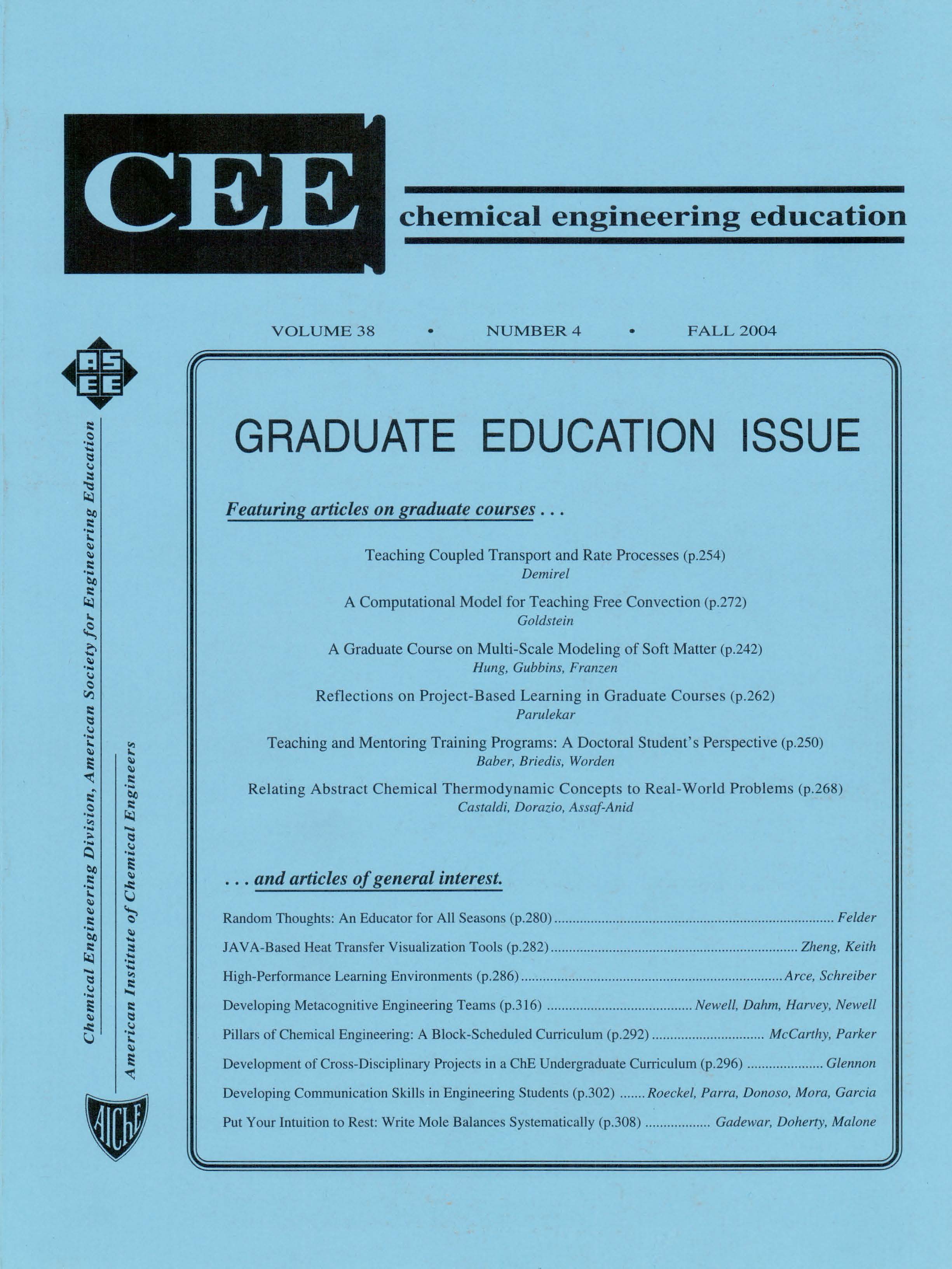High-Performance Learning Environments
Abstract
Whereas traditional classroom instruction relies relies on lectures, modern approaches to learning provide active and collaborative activities that encourage students to assume responsibility for their own learning. These approaches typically exploit three tools-problem solving, communication, and teamwork. High Performance Learning Environments ("HI-PeLE") go even further. They provide opportunities for students to confront nature by adding two more tools-experimental prototypes and industrial contacts. Using all five components, HI-PeLE methodology consistently improves the learning of the students. For example, the environment promotes the development of students with a higher ability to apply theoretical concepts to practical situations, enhances the student creativity to a level not observed in the cases where students are not exposed to the HI-PeLE, and increases the student confidence to solve complex tasks. In summary, HI-PeLE helps to reach better and more efficient independent thinkers and, therefore, enhances the ability to become long-life learners.


